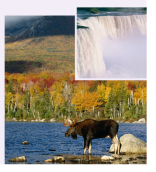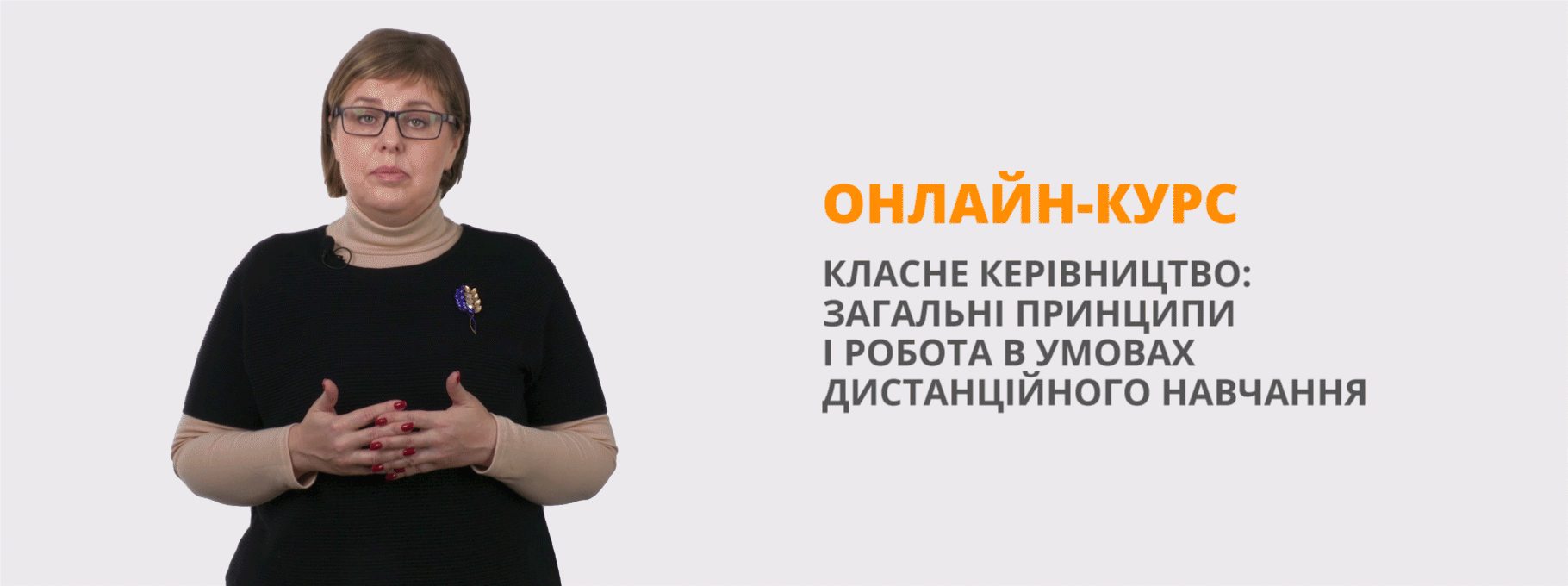Geography: "Canada fact files"
Canada fact files
Мета:
• активізувати лексичний матеріал з теми “Geography”
• розвивати навички читання з метою загального розуміння тексту
• удосконалювати вміння і навички усного мовлення.
• розвивати мовну здогадку та мовленнєву реакцію, навички критичного мислення та увагу
• розвивати навички самостійної роботи з матеріалом та роботи в парах
• виховувати в учнів вміння творчо та логічно мислити
• підтримувати інтерес до вивчення англійської мови
Хід уроку
І. Підготовка до сприйняття іншомовного мовлення
1. Привітання. Повідомлення теми й мети уроку.
Т: Good morning, dear pupils! The topic of our today’s lesson is “Canada”. We’re going to learn about the physical and human geography of Canada, the second largest country in the world.
2. Уведення в іншомовну атмосферу.
Т: Find out what students know about Canada. Organise the class into groups and write these prompts on the board:
■ where Canada is ■ languages spoken
■ country size ■ capital city
■ climate ■ animals it’s known for
■ population ■ other things the country is known for
Encourage students to brainstorm what they already know about Canada in their groups. Then elicit as much infor-mation as possible about the country from the students. Do not give answers at this point, as students will learn all this information about Canada as they read the text.
II. Основна частина уроку
1. Reading
1 Look at the photos. What do they tell you about Canada?
2 Read the text. Why do you think the south of Canada has more people than the north?
Suggested answer:
The south of the country is more populated because the geographical conditions and the climate are more favourable. The north of the country is extremely cold with snow and ice cover for much of the year. There are also large parts of Canada that are mountainous, making it difficult to settle in these areas.

Vocabulary focus
approximately [adv]:used to say that an amount is not exact
bilingual [adj]:able to speak two languages
border [n]:the official line separating two countries
coastline [n]:the land that is next to the sea
flow [n]:continuous movement of liquid in one direction
get used to [v]:become familiar with
inhabitant [n]:someone who lives in a particular place
isolated [adj]:a long way from other places or feeling alone
moose [n]:a type of large animal, similar to a deer, in North America
native [adj]:relating to the first people or animals to live in a particular area
rural [adj]:relating to the countryside
scenery [n]:natural things such as trees, lakes, mountains that are seen around us
species [n]:a plant or animal group with similar general features
tundra [n]:large area of flat, icy land without trees in very cold northern areas
urban [adj]:relating to towns or cities
Facts and figures
■ It’s the world’s second largest country by total area (9.98 million km 2) after Russia.
■ It has the world’s longest land border (8,891 km) with the USA, and has the world’s longest coastline (202,080 km).
■ It has the largest number of freshwater lakes in the world: approximately 31,700.
■ Niagara Falls, which borders Canada and the USA, is the waterfall with the biggest flow of water in the world.
■ Canada’s highest mountain, Mount Logan, is in Yukon Territory in the north-west.
■ 80% of Canadians live in urban areas and most of the population live near the southern border, within 150 km of the USA.
■ Toronto is the biggest city with 5.58 million people, but the capital city is Ottawa.
■ The total population of the country is 35 million.
■ Canada experiences extreme weather conditions with very cold winters that can sometimes be lower than -40°. Some southern regions have hot summer temperatures that are often higher than 35°.
■ A lot of the non-coastal areas have snow cover for almost six months of the year and some parts of the north have snow all year.
■ The majority of the country is rural, with forests, mountains, lakes and tundra regions.
■ Some of Canada’s native animals include the moose, grey wolf, Arctic fox, bald eagle and several species of bears, including the brown bear and polar bear.
■ Montreal, Canada’s second city, is on an island called Île de Montréalin French. The island is surrounded by the St Lawrence and Ottawa rivers. It has more historic sites than anywhere else in the country.
■ It’s officially a bilingual country and many people speak English and French.


2. Complete the summary with the words in the box.
bear • bilingual • capital • climate • higher mountains • rural • urban
Canada is one of the world’s largest countries. It is very (1) ……………….. with forests, lakes, (2)…………….. and tundra regions forming a large part of the land. The majority of the population inhabit the (3) ……………… areas in the south. The (4) …………………… city is Ottawa, but it isn’t the largest, which is Toronto. Canada is famous for its beautiful scenery, and Mount Logan in Yukon Territory is (5) ………………………. than all the other mountains in the country. Canada is also a country with an extreme (6) ……………………… ; it’s very cold in winter and it can get very hot in summer in southern regions. Canada is known for its wildlife, and animals like the moose, brown (7) ………………………… and grey wolf are common. It is also a (8) ………………………. country, and in many areas people speak both English and French.
The key: 1 rural 2 mountains 3 urban 4 capital 5 higher 6 climate 7 bear 8 bilingual
3. Circle the correct answers.
1 Canada is larger in area than this country. Russia / the USA
2 There are more than 30,000 of them in Canada. lakes / islands
3 It’s Canada’s second largest city. Montreal / Whitehorse
4 It’s a city, as well as a river. Toronto / Ottawa
5 It’s a geographical feature in the north-west. Niagara Falls / Mount Logan
6 It’s the length of Canada’s coastline. nearly 9,000 km / more than 200,000 km
7 People can sometimes feel this way in the north of Canada. isolated / urban
8 Away from the coast, parts of Canada can experience this kind of weather for much of the year. stormy / snowy
The key: 4 1 the USA 2 lakes 3 Montreal 4 Ottawa 5 Mount Logan 6 more than 200,000 km 7 isolated 8 snowy
4. Speaking. Discuss the questions in pairs.
1 Canada is a land of extremes. How does the geography of the country create differences in climate and landscape?
2 What are the geographical features of your country? Describe the differences in regions. Are the differences caused by the climate, the landscape or other factors? Does this affect where people live?
3 Are you happy where you live? Would you prefer to live in another part of your country? Why/Why not?
The key:
(In pairs, students discuss the questions. Explain to students that Canada has extreme conditions because it is a northerly country with parts inside the Arctic Circle. This means that much of Canada is uninhabitable. There are also lots of mountains, lakes and forests making it unsuitable for human settlement. The inhabited regions are those with the most favourable weather and terrain. Students should also think about their own country and whether there are similar geographic and climatic extremes.
In the text, one of the speakers feels isolated living in the north of Canada. Find out how students feel about where they live, and whether they might want to live in a different part of the country. If you lived in a big city, would students perhaps prefer to live in a smaller place and why?)
DID YOU KNOW?
■ Queen Elizabeth II is the Queen of the UK and also the Queen of Canada.
■ Montreal is the second largest French-speaking city in the world, after Paris in France.
■ A.A. Milne wrote his famous Winnie the Pooh stories after his son saw a real bear at London Zoo. The bear came from Winnipeg in Canada.
■ 60% of the world’s population of polar bears live in Canada.
5. PROJECT
In groups, prepare a fact file on your country or a country of your choice. Include information about the geogra-phical features, population, neighbouring countries, cities, languages, native animals, climate and any other relevant information.
III. ЗАКЛЮЧНА ЧАСТИНА УРОКУ
1. Підведення підсумків уроку.
T. What have we done in our lesson? Did you like our lesson? Have you learnt anything new or interesting at this lesson? What did you like most of all? What didn’t you like?
2. Домашнє завдання.
Prepare a class presentation on your fact file. Compare your fact file with groups who have chosen to research a different country.
3. Закінчення уроку.
T: Thank you very much for the lesson.


про публікацію авторської розробки
Додати розробку
